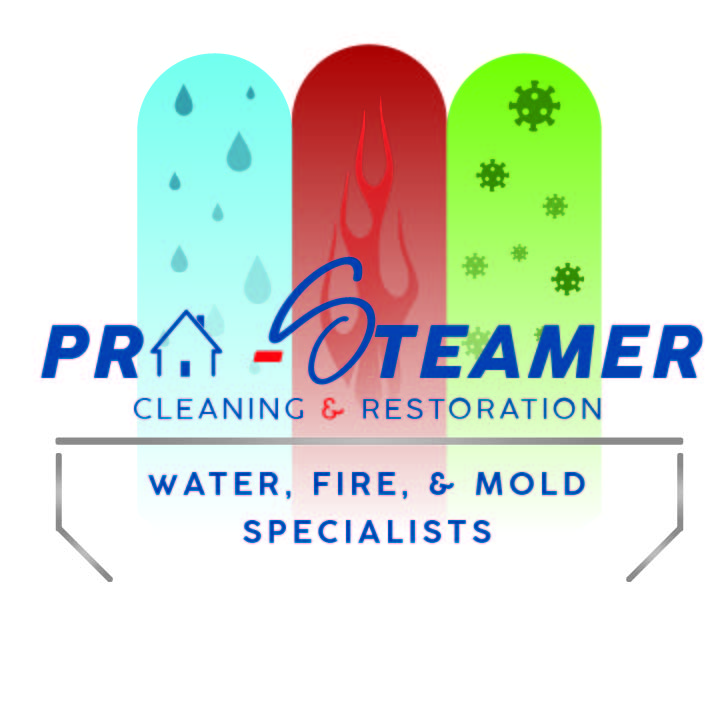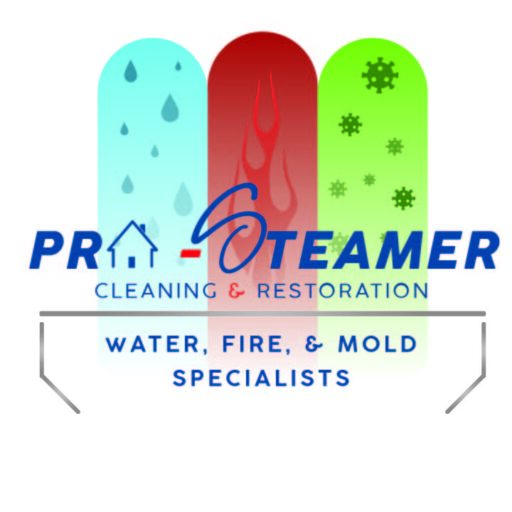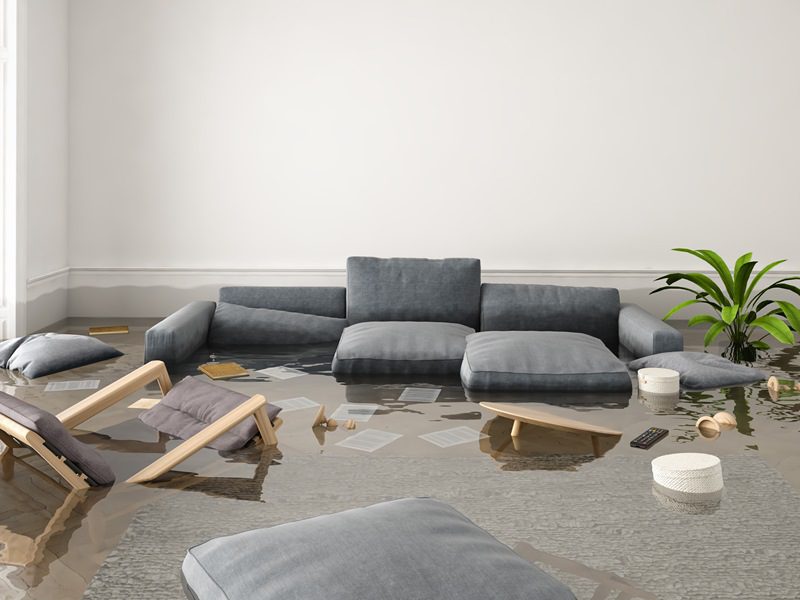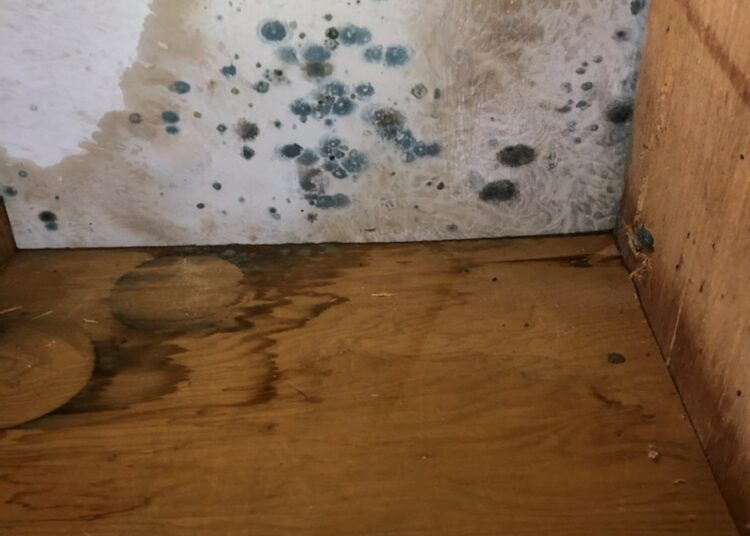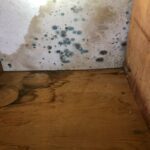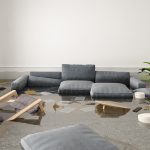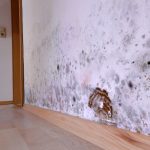Water Damage vs. Flood Damage: How They Affect Drywall Differently
Water intrusion is one of the most damaging and stressful problems a homeowner can face. Whether caused by a minor leak or a major flood, water damage can severely impact your property, with drywall being especially vulnerable. However, it’s important to understand that water damage and flood damage are not the same—they differ in their sources, severity, and the way they affect your home’s materials. Knowing these differences is essential for choosing the right restoration methods and preventing future issues. In this article, we’ll explore how water and flood damage impact drywall and what steps you can take to protect your home.What is Water Damage?
Water damage refers to the harm caused when clean water—such as from a leaking pipe, roof leak, or appliance malfunction—comes into contact with your home’s materials, including drywall. This type of water is usually referred to as “clean water” because it is relatively free from contaminants.Common Causes of Water Damage
- Burst or leaking pipes
- Roof leaks from storms or aging
- Appliance leaks (washing machines, water heaters, dishwashers)
- HVAC condensation
- Minor spills or overflows
What is Flood Damage?
Flood damage, on the other hand, occurs when large volumes of water—often contaminated or “black water”—enter your home due to natural disasters, sewer backups, or major plumbing failures. Floodwaters typically carry dirt, chemicals, bacteria, and other harmful substances.Common Causes of Flood Damage
- Heavy rainfall and flash floods
- River or lake overflow
- Sewer backups or septic system failures
- Hurricanes or storms
- Rapid snowmelt
How Does Water Damage Affect Drywall?
Drywall, also called gypsum board or sheetrock, is made from gypsum plaster pressed between two thick sheets of paper. It’s widely used in home interiors because it’s affordable and easy to install. But drywall is very susceptible to water damage.Signs of Water Damage on Drywall
- Discoloration: Yellow, brown, or dark stains are often the first visible signs.
- Bubbling or Peeling Paint: Moisture causes paint and wallpaper to lift or peel.
- Soft or Sagging Areas: Drywall loses its rigidity and may warp or sag.
- Cracking or Flaking: The paper surface may crack or flake away.
- Musty Odor: Persistent dampness can cause mold and mildew growth.
What Happens Next?
With clean water damage, the drywall can often be dried and restored if caught early. Professionals use air movers and dehumidifiers to thoroughly dry the wall cavity. Minor repairs like patching or repainting can restore the area. However, if drywall becomes saturated for too long, it loses structural integrity and must be replaced.How Does Flood Damage Affect Drywall?
Flood damage is far more aggressive due to the nature and volume of water involved.Challenges with Flood-Damaged Drywall
- Contamination: Floodwaters contain bacteria, chemicals, and debris, making the drywall hazardous.
- Severe Saturation: Drywall absorbs and holds large amounts of water quickly, leading to swelling and disintegration.
- Mold Growth: The combination of moisture and contaminants promotes rapid mold colonization.
- Structural Weakness: Saturated drywall loses its load-bearing capacity and crumbles easily.
- Hidden Damage: Water can seep behind walls and into insulation and framing, causing unseen damage.
What Must Be Done?
Because of the contamination, flood-damaged drywall is almost always removed and replaced. Simply drying is not safe or effective. Professional restoration includes:- Removal of affected drywall and insulation
- Thorough sanitization and disinfecting of the wall cavity and framing
- Mold remediation
- Installation of new drywall and finishing
Why Early Detection and Professional Help Matter
Water intrusion, whether from a minor leak or a major flood, is time-sensitive. The longer drywall remains wet, the worse the damage and mold risk become. Early detection allows for:- Faster drying and restoration
- Reduced repair costs
- Lower risk of mold and health hazards
How Pro Steamer Can Help
Since 1992, Pro Steamer has been Roswell’s trusted name in water and flood damage restoration. Whether it’s a small water leak or a severe flood emergency, Pro Steamer’s team is ready 24/7 to respond and restore your home safely and efficiently.Our Services Include:
- Emergency water extraction and drying
- Flood damage cleanup and sanitization
- Mold inspection and remediation
- Drywall removal and replacement
- Fire and smoke damage restoration
- Carpet, upholstery, and air duct cleaning
Why Choose Pro Steamer?
- IICRC Certified Technicians
- 24/7 Emergency Response
- Honest Pricing, No Hidden Fees
- 100% Satisfaction Guarantee
- Serving Roswell, Dexter, Artesia, Carlsbad & surrounding areas
Tips to Prevent Water and Flood Damage to Drywall
- Regularly inspect plumbing, roofs, and appliances for leaks
- Ensure gutters and downspouts are clear and direct water away from your home
- Seal windows, doors, and exterior walls
- Install sump pumps or backflow valves if you live in a flood-prone area
- Use water alarms or moisture sensors to detect leaks early
